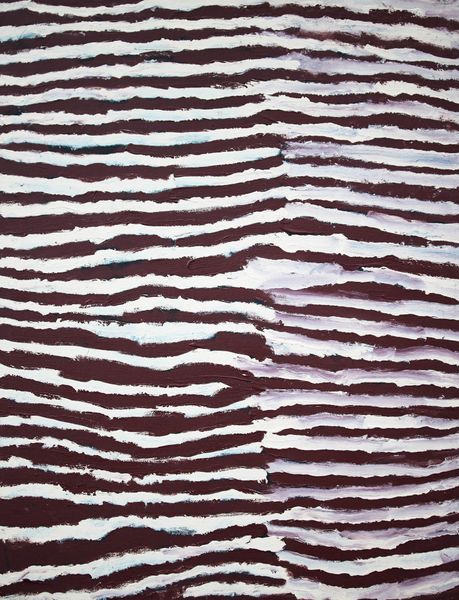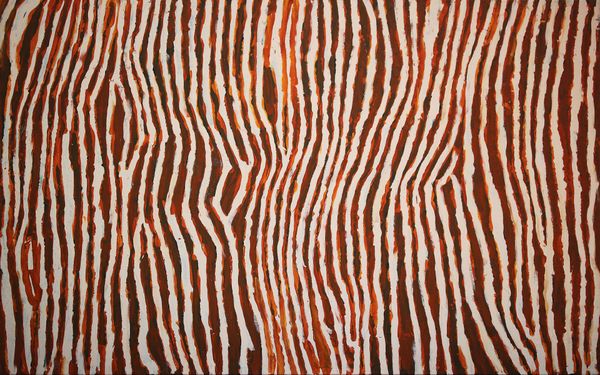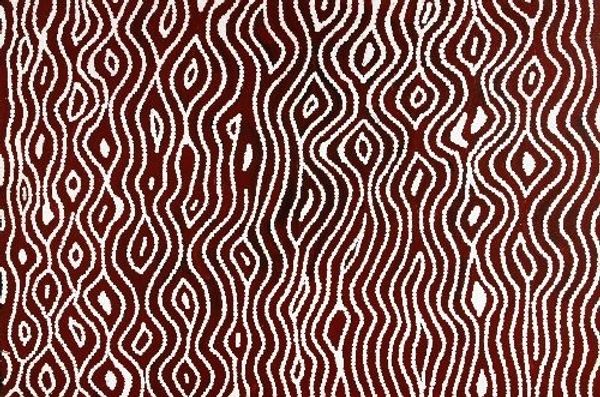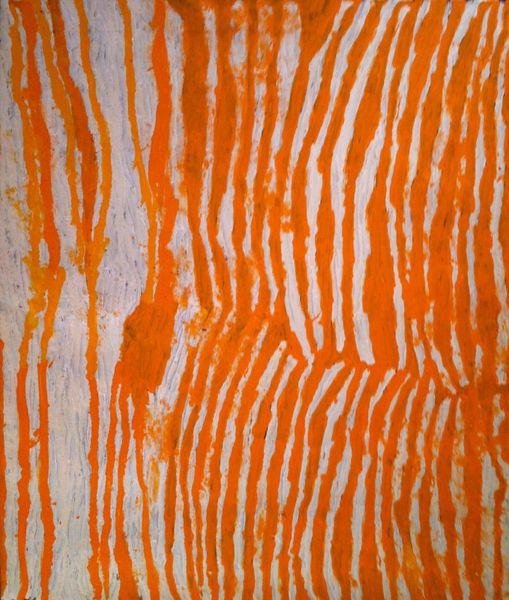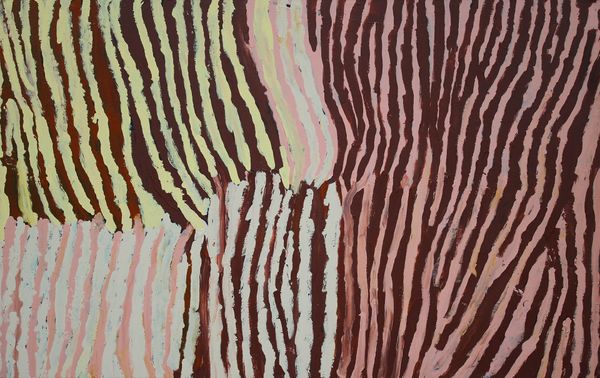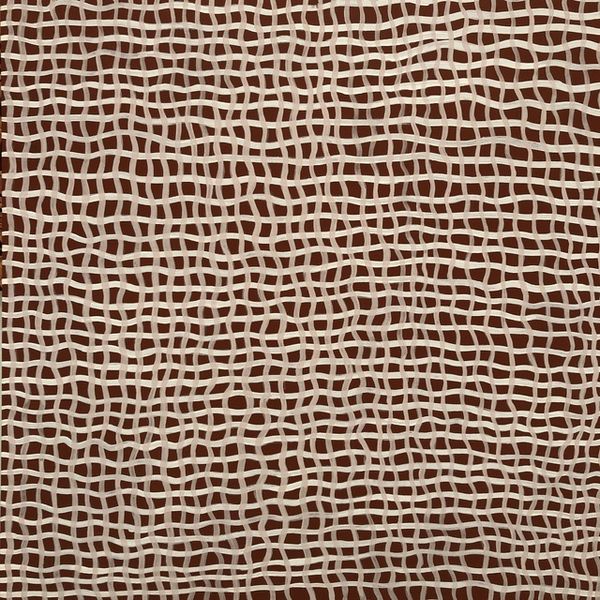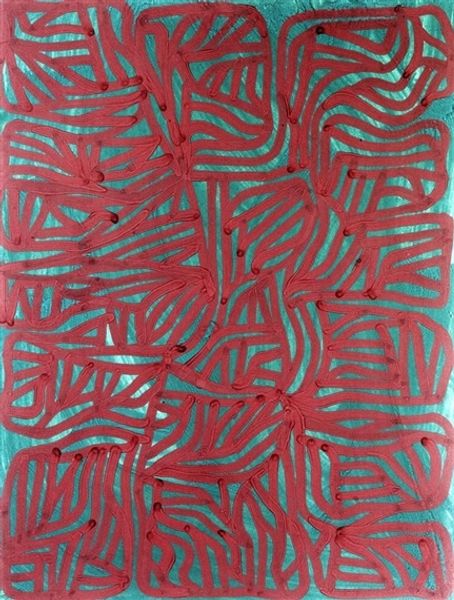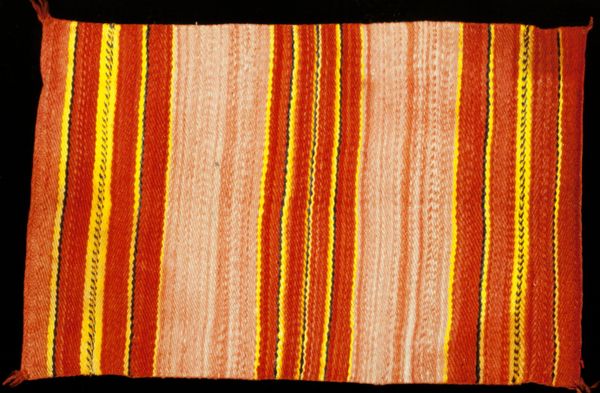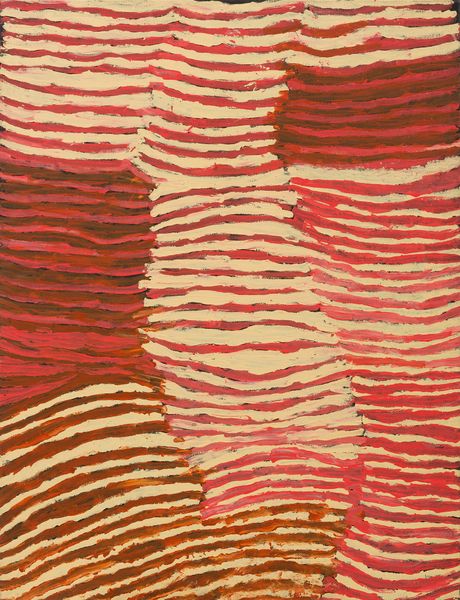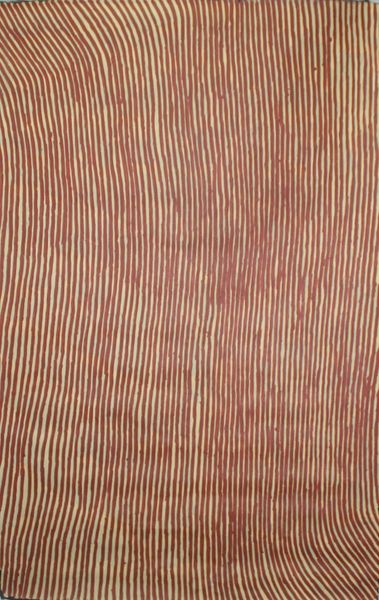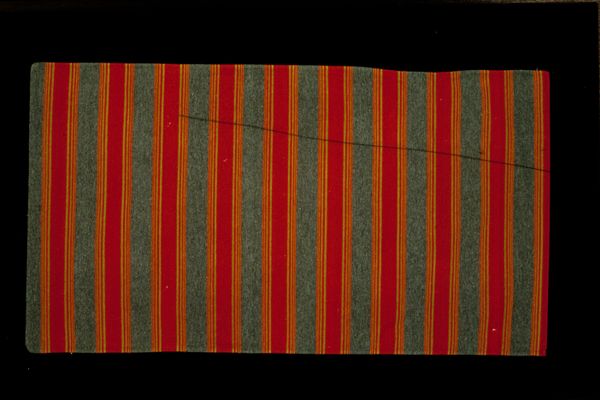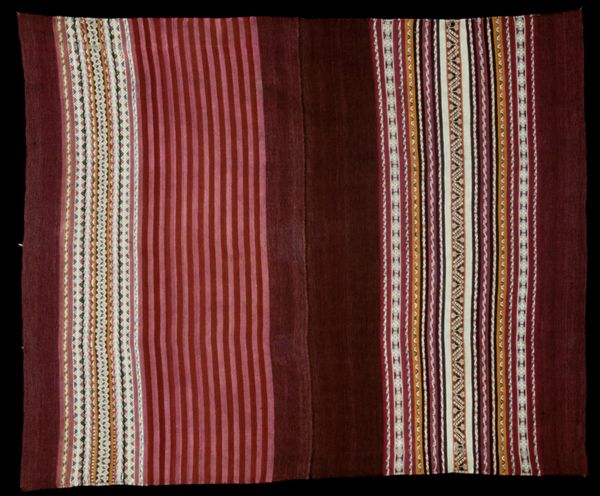
painting
#
contemporary
#
painting
#
abstraction
#
line
Copyright: Makinti Napanangka,Fair Use
Editor: We're looking at "Kungka Kutjarra (Two Women/Hair String Ceremony)" created by Makinti Napanangka in 2008. It's an acrylic painting and what immediately strikes me is the pulsating rhythm of the lines. What's your take on this piece? Curator: Immediately, I’m drawn to the acrylic paint – a modern, industrial material – being used to depict an ancient, traditionally women's ceremony related to hair string. What do we make of that interplay between contemporary production and enduring cultural practices? Editor: That's a fascinating tension. Is the acrylic paint just a practical choice, or does the change in materials also influence the ritual itself? Curator: I think the shift from natural pigments to commercially produced acrylic reflects broader transformations in Indigenous communities due to colonization and globalization. How has access to these different materials changed the way the narratives can be shared? It prompts questions about artistic labor, trade, and how cultural meanings shift when translated into commodity form. Editor: It's not just a depiction of a ceremony then; the materials themselves tell part of the story. Is it still Indigenous art if it embraces modern materials? Curator: Absolutely. In fact, it boldly reclaims the power to tell its own story by taking control of these tools and material culture to perpetuate cultural production. Editor: So, looking beyond just the surface representation of the ceremony, we need to also consider how the very act of its production embeds broader social and historical meanings. Curator: Precisely. By considering the materials, we understand how tradition negotiates with the forces of modernity. It forces us to rethink definitions of "authenticity" in Indigenous art. Editor: This perspective shifts everything. I see the piece completely differently now. Thank you!
Comments
No comments
Be the first to comment and join the conversation on the ultimate creative platform.

